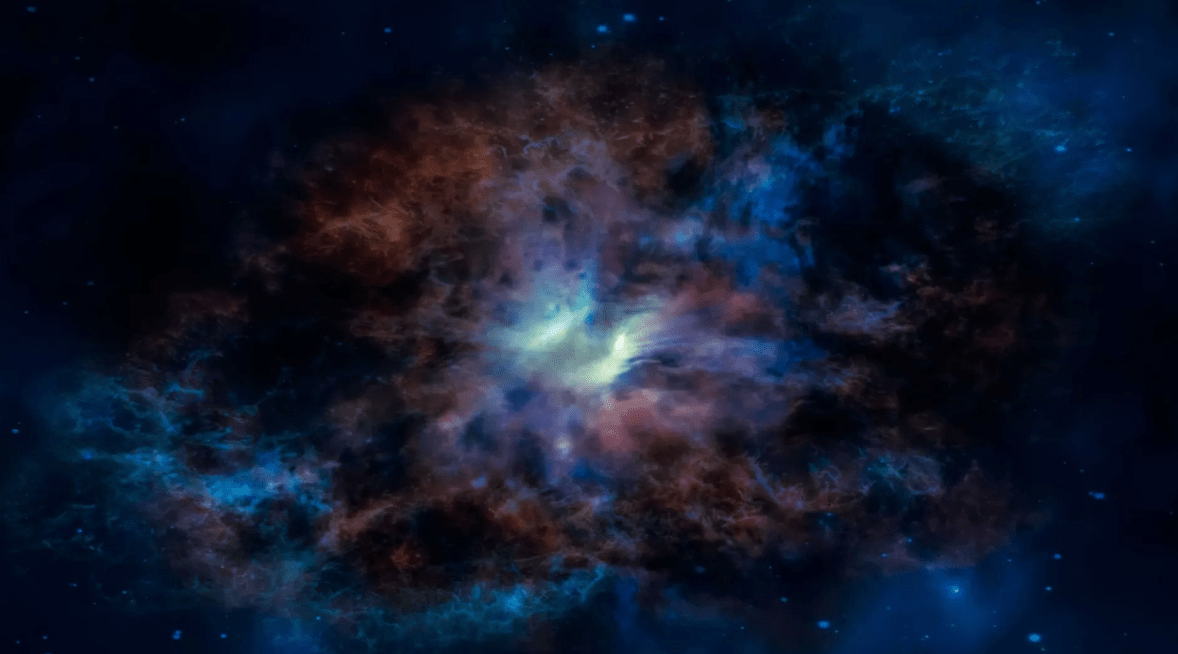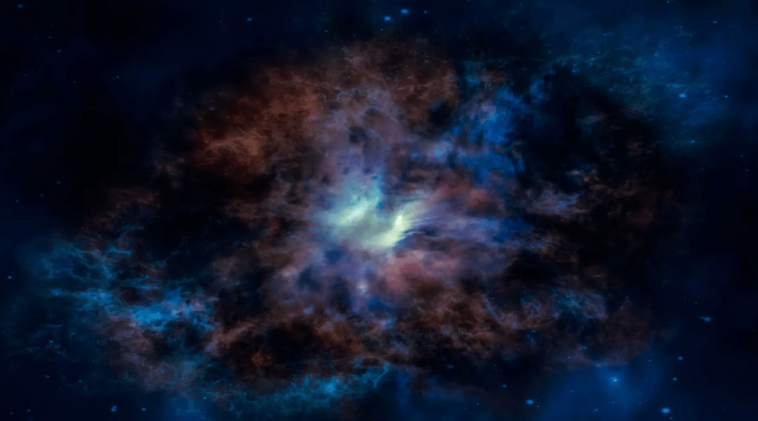It is understood that dark matter is an important part of our universe, but little is known about dark matter before. The findings suggest that the universe is different from what we once thought, the researchers said. Meanwhile, scientists hope the groundbreaking discovery will reveal the secrets of the still-mysterious dark matter.
According to the researchers, dark matter cannot be seen directly with the eye because it does not emit light. Previously, scientists have generally guessed the amount of dark matter by measuring the propagation of light through galaxies, and the more the light is twisted, the more dark matter there is. However, the most distant galaxies are currently too faint to detect dark matter in distant galaxies with this technique.

In this study, scientists tackled this problem in another way. According to the researchers, they measured how the microwaves (CMBs) released by the Big Bang were distorted to see dark matter at the origin of the universe, observing what happened shortly after galaxies formed. Yuichi Harikane, assistant professor at the University of Tokyo’s Cosmic Ray Institute, said: “Most researchers use source galaxies to measure the distribution of dark matter between now and 8 billion years ago. However, we can go back even further because we used more The distant CMB to measure dark matter. This is the first time we have measured dark matter from the earliest days of the universe.”
It is understood that the results of this study show how dark matter gathered in the early universe. Previous theories suggested that dark matter should stick together and form clumps in the universe, but the reality is far less likely than predicted. Hironao Miyatake of Nagoya University said: “Our findings are still uncertain at the moment, but if this is true, it means that the entire model of the universe is flawed over time. It also means that we need to understand the universe. Model improvements.”




GIPHY App Key not set. Please check settings